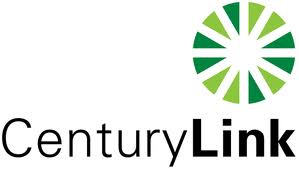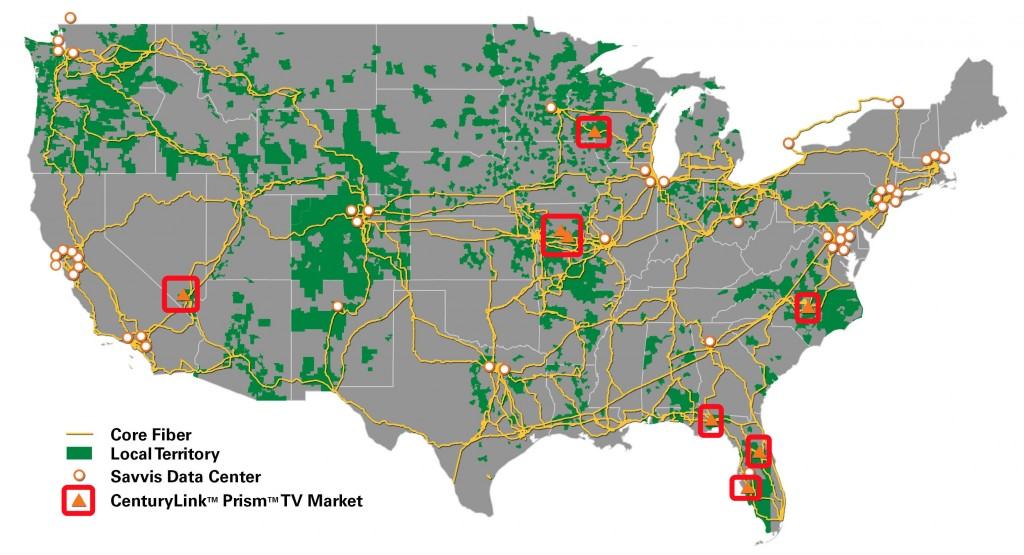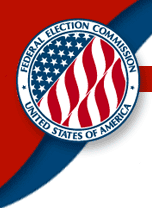 North Carolina has achieved a new low. It is now tied with bottom-rated Mississippi as America’s least-connected state, at least in terms of broadband adoption.
North Carolina has achieved a new low. It is now tied with bottom-rated Mississippi as America’s least-connected state, at least in terms of broadband adoption.
Christopher Mitchell and Todd O’Boyle add up the cost to the state’s economy from years of broadband neglect from dominant providers like Time Warner Cable, AT&T, and CenturyLink.
Although the largest cities in the state do reasonably well, suburban and rural North Carolina continue to suffer with slow or no service at all, thanks to last-generation cable and spotty DSL service that has not kept up with other states.
Mitchell and O’Boyle blame much of the problem in their editorial in the Charlotte News & Observer on two factors: a lack of competition and a legislature that cozied up to corporate dollars to pass an anti-competitive community broadband ban in 2011.
After state legislators collected more than $1 million in campaign donations from Time Warner Cable and AT&T, the General Assembly passed a law in 2011 that effectively barred communities from building their own networks. These corporations are members of the American Legislative Exchange Council, a national organization that drafts business-friendly “model bills” to push a corporate agenda in statehouses across the country.
The impetus for that effort was the city of Wilson’s decision to build its own network after existing providers declined to improve their services. The city’s globally competitive fiber optic network offers Internet connections far faster than possible on DSL or cable – and it is far more reliable.
Because it is owned by the city, the Wilson network keeps its prices affordable. And because locals now have a choice, Time Warner Cable priced its services more competitively in Wilson than in nearby towns without meaningful competition.
Time Warner Cable, AT&T and CenturyLink waged a multiyear lobbying campaign to secure the 2011 bill. They claimed it encouraged fair competition, but their real goal was to eliminate consumer choice, as documented in a new report by the Institute for Local Self-Reliance and Common Cause: “The empire lobbies back: How national cable and DSL companies banned the competition in North Carolina.”
As a result, although Time Warner Cable has invested in a data center and billing operation in the state (and received taxpayer-funded tax breaks in the process), average consumers are still receiving service that lags far behind community-owned fiber networks in cities like Wilson and Salisbury.
AT&T’s response to a call for investment was news it told 75 of its Greensboro-area workers to either move to Alabama or start looking for work somewhere else.
Both authors argue that North Carolina’s state legislature has decided to outsource the state’s broadband future to a handful of out-of-state corporations that have been able to increase rates, trickle out service improvements, and keep true competition at bay.
Christopher Mitchell works for the Institute for Local Self-Reliance and Todd O’Boyle is affiliated with Common Cause.


 Subscribe
Subscribe A CenturyLink official made a remarkable concession in the state of Minnesota last week when he admitted the state’s community-owned broadband networks are better equipped to deliver 21st century broadband speeds that CenturyLink simply cannot provide.
A CenturyLink official made a remarkable concession in the state of Minnesota last week when he admitted the state’s community-owned broadband networks are better equipped to deliver 21st century broadband speeds that CenturyLink simply cannot provide.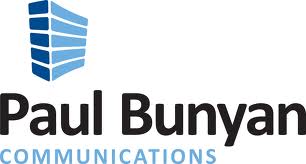
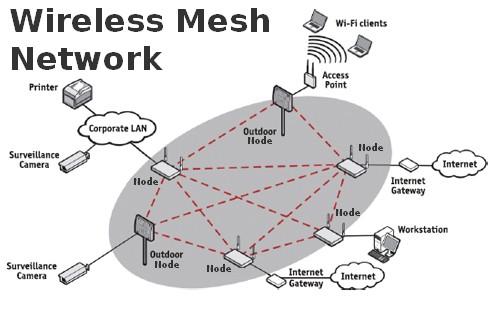 The business community of Poulsbo, Wash., a Seattle suburb of 9,000 in Kitsap County, is fed up waiting around for CenturyLink and Comcast to increase broadband speeds in the area so several have joined forces to share the city’s underused, existing fiber-optic cables to offer free Internet access for area businesses and residential users.
The business community of Poulsbo, Wash., a Seattle suburb of 9,000 in Kitsap County, is fed up waiting around for CenturyLink and Comcast to increase broadband speeds in the area so several have joined forces to share the city’s underused, existing fiber-optic cables to offer free Internet access for area businesses and residential users.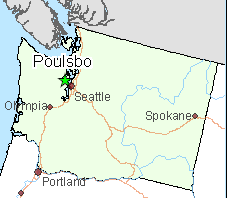 Stephen Perry, the PUD’s superintendent of telecommunications, says the new network is a pilot program to test if an economic model can be created to sustain the service and eventually expand it.
Stephen Perry, the PUD’s superintendent of telecommunications, says the new network is a pilot program to test if an economic model can be created to sustain the service and eventually expand it.